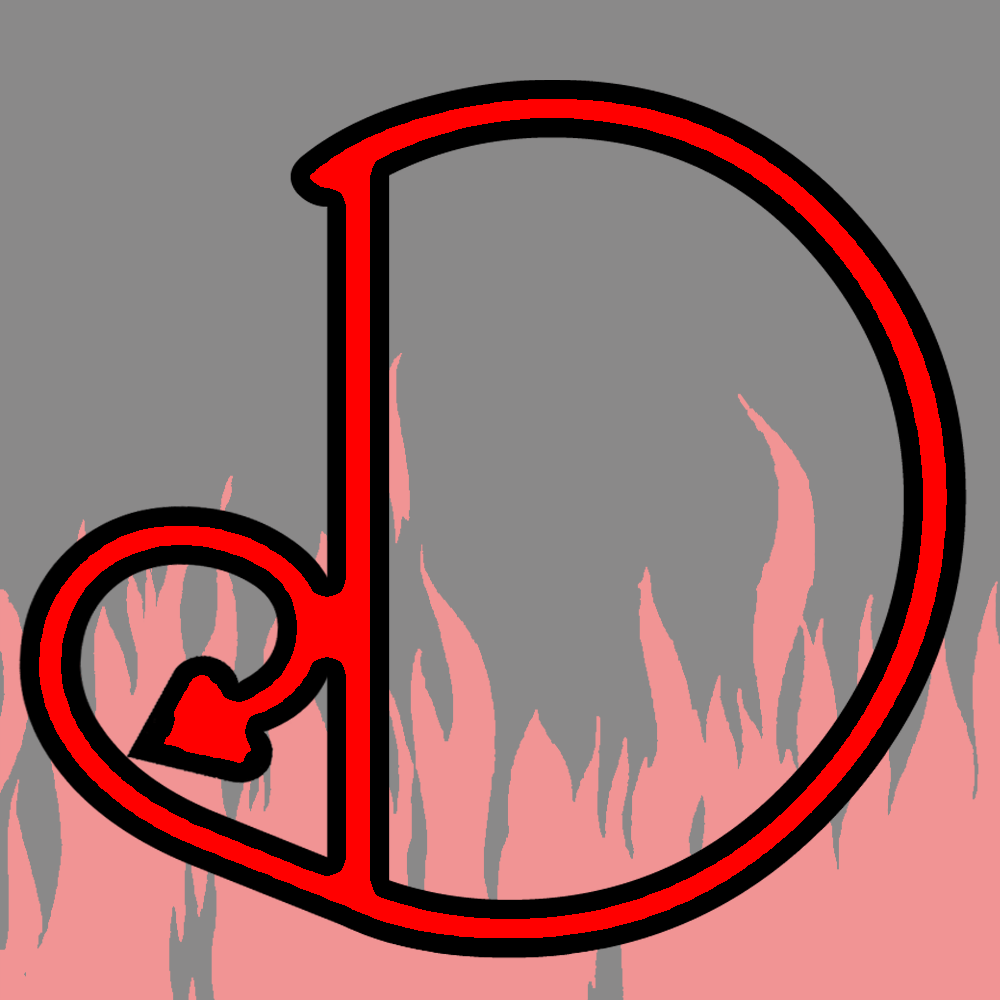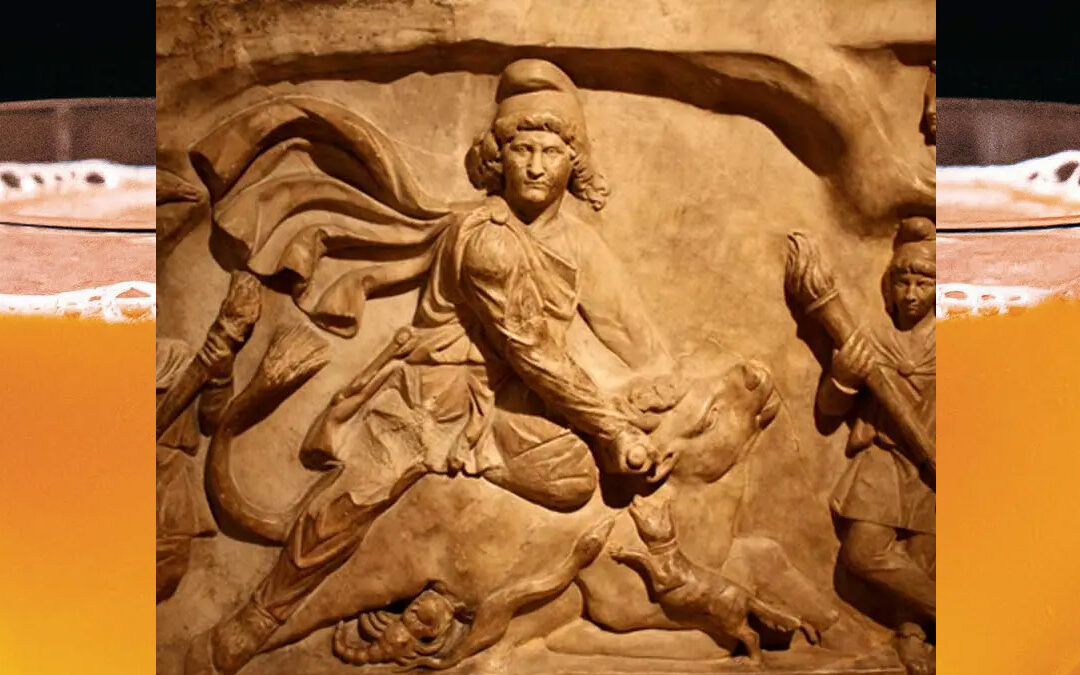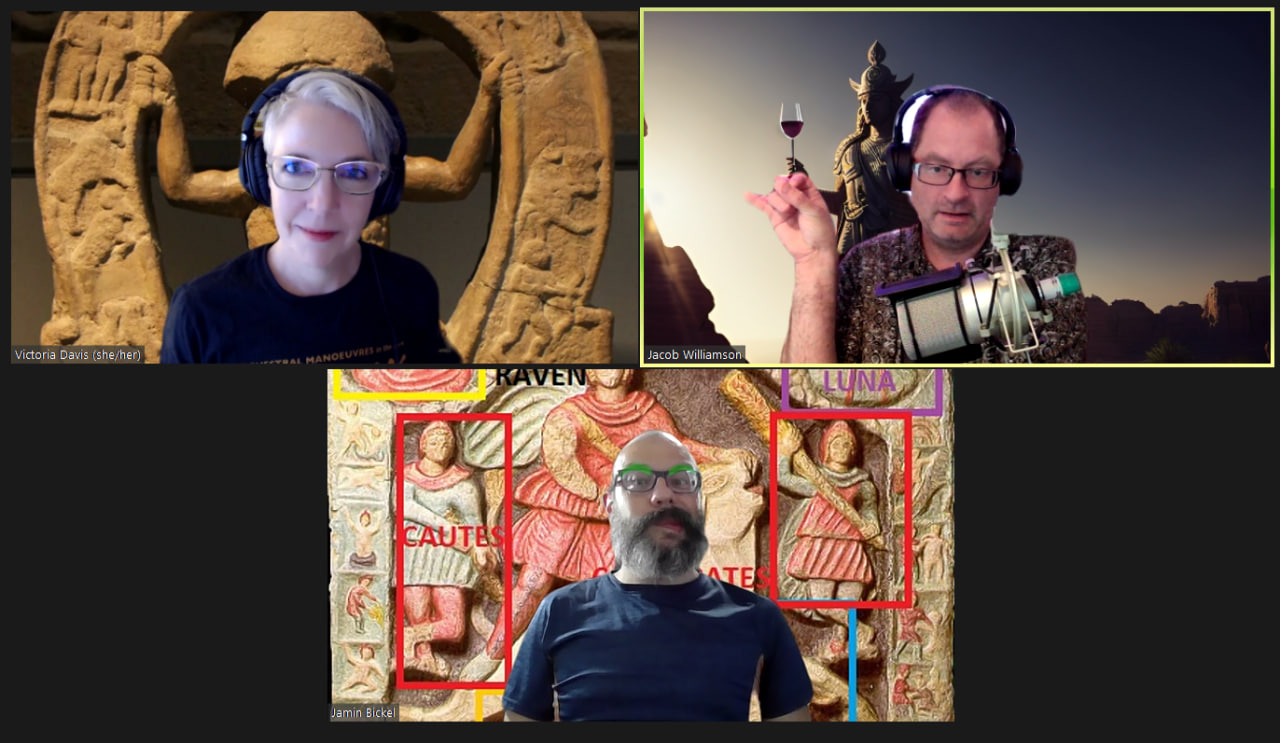
Podcast: Play in new window | Download
The first of two or three parts talking about Babylonian, Persian, Zoroastrian influences in the great story of Hell (or at least of the Abrahamic religions). Honestly we’re a little surprised at how deep this dive is going, and we’ll probably spend the next two episodes on Zoroastrianism.
But first some hell news! Or afterlife news maybe. From the Portland Eater, an article about a death-themed bar called “Sad Valley.” Jacob mentions Edith Massey, who’s one of John Waters’ stable of strange “talent.” He’s not sure if he’s actually a fan of her work, but it was something to say. Her later work is pretty painful.
Dungeons and Drag Queens: Welcome to the Underworld is available on Dropout and possibly other streaming options, a four-queen romp to find some underworld mcguffin and fill the net with their queen-ness. We’ve caught a little of it and they’re a lot of fun! If you haven’t seen Alaska Thunderfuck’s video “Red” put down the show notes and watch it, she’s great. Maybe over a “Naked and Famous,” a fruity cocktail that isn’t red, but is very orange, which probably counts.
Mitras! There was very much a “before” and “after” discussion today. The Mitras that was a major part of Zoroastrianism fizzled out…along with mainstream Zoroastrianism really…when the Greek empire took over the Mediterranean and Middle East. The Romans picked up Mitras worship a few hundred years later but had transformed Mitras into one of their many deities, a power of kingship and rulership that really didn’t have much of a relationship with his older self.
Hand Shakes…
Hand shakes are going to come up a lot. Apparently hand-shaking was the mode of transmission of divine power, so Mithra shaking hands with the first king transmitted the divine power of the king, and marked agreements between people and gods, so could create divine connections between gods. Anyway, there’s a lot of hand-shaking.
Phrygian Cap
Or, “smurf hat” – these were really more commonly seen on the later Roman Mithras.
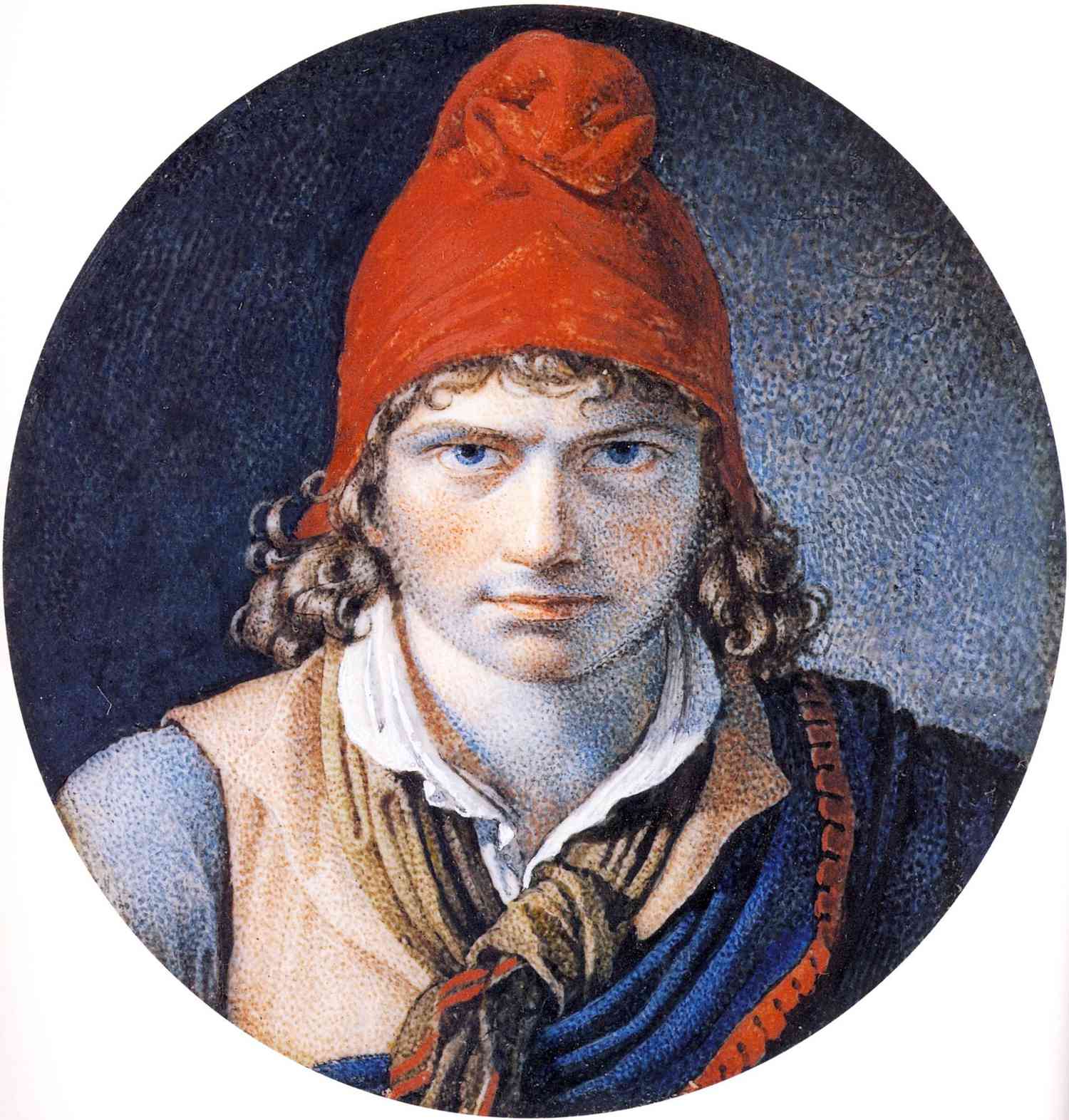
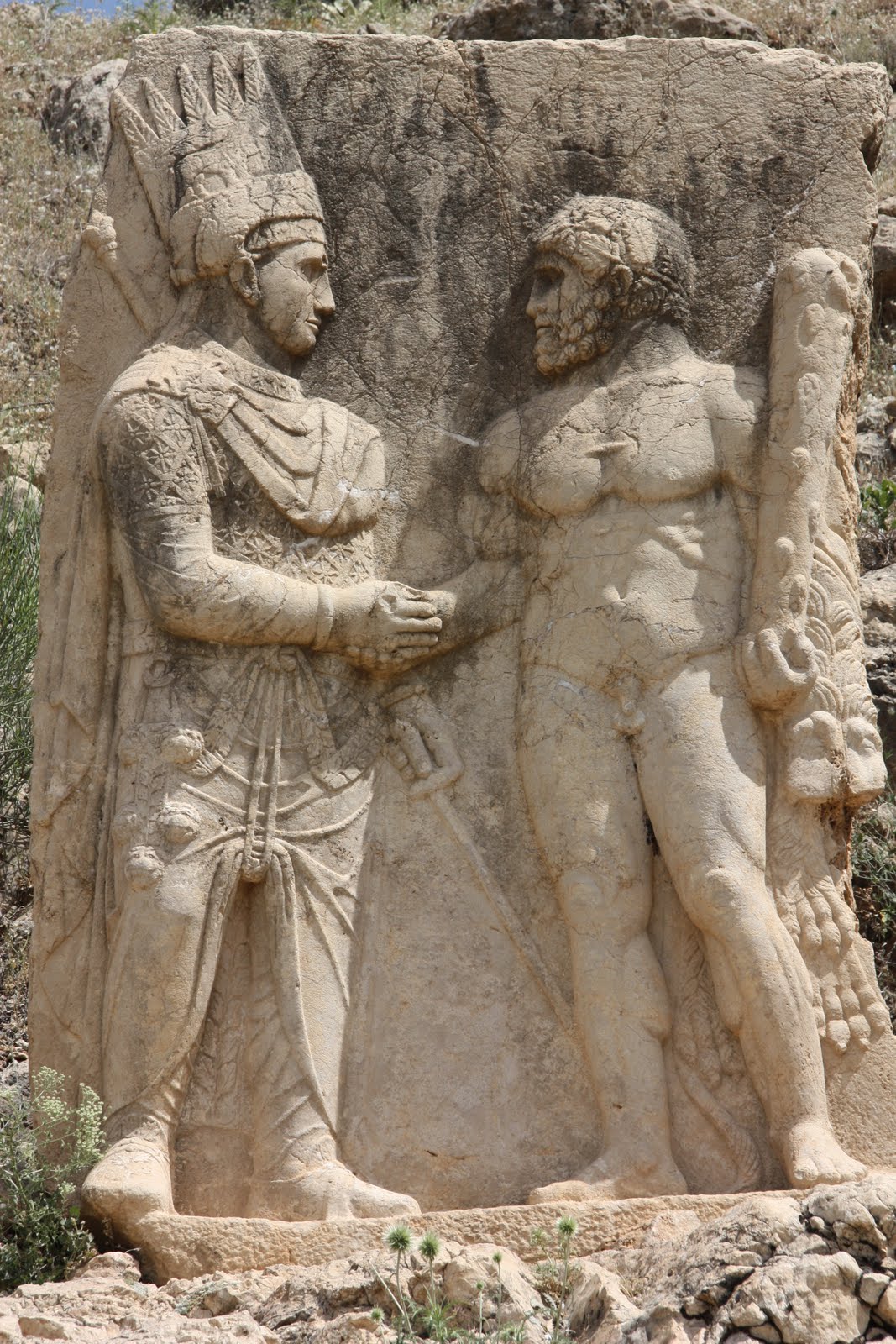
The Book of Arda Viraf
We’ll be coming back to this as we go into Zoroastrianism. Victoria talks about two spirits acting as judges (Srosh the Pious and Adar). These two are heavily referenced in the Book of Adra Viraf, which is sort of the Divine Comedy of Zoroastrianism…though that may be generous, as most of the book is a very long litany of “sin and things that will happen to the sinner,” and it gets pretty brutal. But it does pretty solidly set forward the “punishment fits the crime” of infernal punishments. The book was finalized somewhere in the 900-1000 AD range, so it would have ample time to absorb the influences of medieval vision literature and the various hell-journeys that had come before.
The Chinvat Bridge
Easily one of the strongest afterlife images, the Chinvat bridge, or the “sifting bridge” or “bridge of judgment” funneled the good and the bad toward their destinations. noteworthy for when we talk about Cerberus or Hinduism, it was guarded by two four-eyed dogs. More on Wiki.
“Help”
You, the audience, pay good money for pointless digressions, so let’s take a minute to call out the Beatles’ absurd movie, “Help.” The plot of this one is that Ringo ends up wearing a ring from a Kali death cult that marks him as a sacrificial victim, and comedy ensues. It’s fun but wouldn’t fly today.
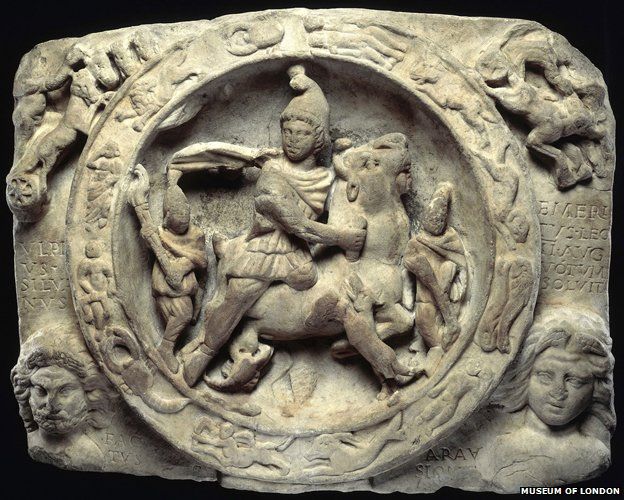
Mithras relief from the Museum of London. From “What a Load of Bull,” a blog with an excellent breakdown of the symbol-set of the Mithras “taurectomy” imagery. Wiki has a solid article on the Cautes and Cautopates.
Leontocephalines
Greek for “Naked lion guys,” no one seems to know what they represent. Given that naked lion guys with serpentine elements goes back to the late Mesopotamian period, the leontocephaline could have been an import from some prior symbol, but one that the internet does not reference with a basic search 🙁 At any rate. Jacob got briefly very excited at the thought that Pazuzu and the Leontocephaline might have been contemporaries, but Leo’s from the ROMAN version of Mithras, not the older version 🙁
Anyway, what is he about? He’s been called Aeon, and may be some strange time god, possibly somehow involved in preserving Mithras’s immortality? Maybe he’s connected to the lion-serpent Demiurge, or the lion-demon Ornias? Who knows? Not Wikipedia.
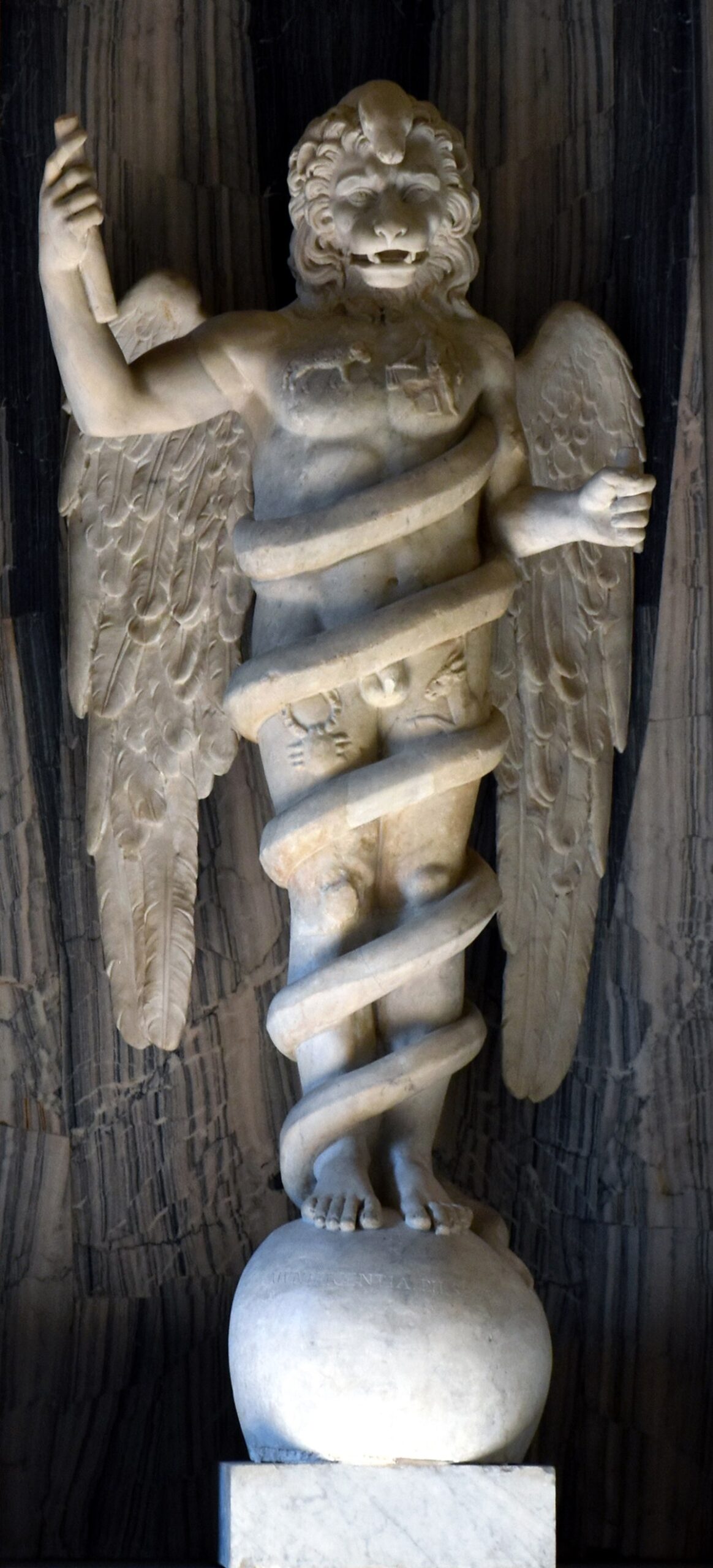
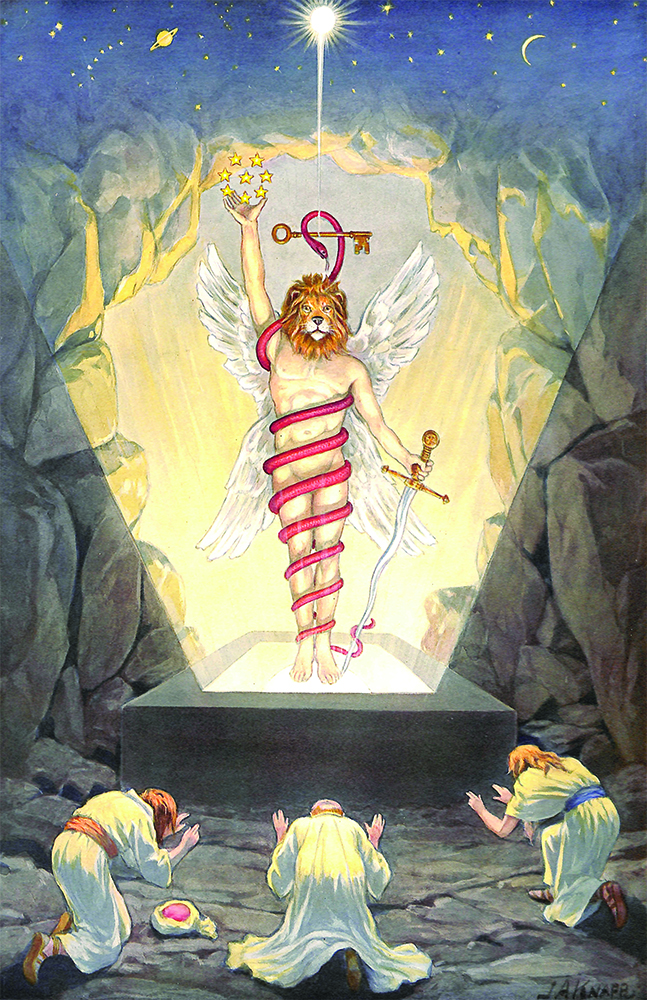
Book callout!
Jon Berquist, Judaism in Persia’s Shadow was really a great read, a very deep dive into the nation that emerged when the Babylonian exiles returned to a world that really didn’t need them. Very solid book.
Captivating History, The Persian Empire – more citing sources than recommending because I did use this a fair bit, but the “Captivating History” series is print-on-demand, straight from wiki stuff. I don’t recommend.
